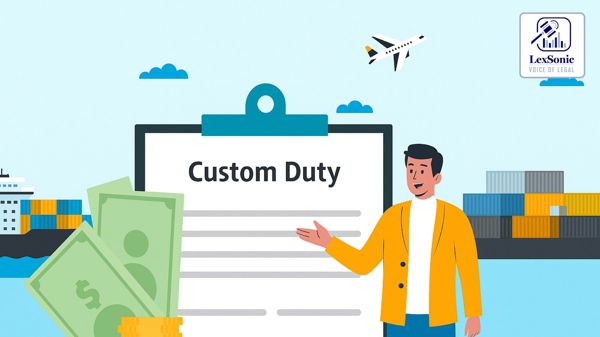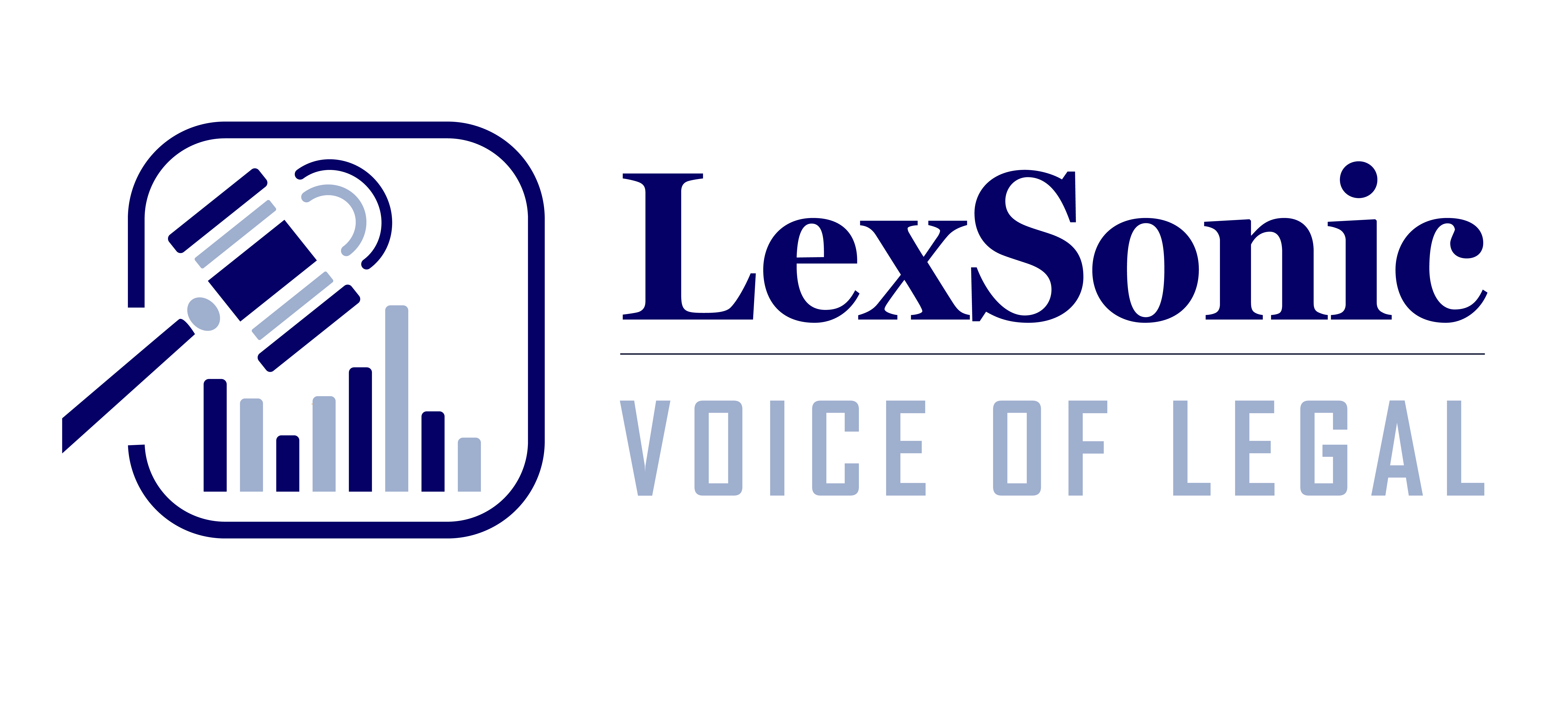In the complex world of international trade, governments offer various incentives to encourage exports. One such incentive is "Duty Drawback," where exporters get back duties (like customs or excise) paid on raw materials used to make goods for export. But what happens when the rules for these benefits aren't crystal clear, and a later clarification is issued? Does that clarification apply to past transactions, or only to future ones? A recent Supreme Court of India judgment, in the case of M/s Suraj Impex (India) Pvt. Ltd. vs. High Court of Madhya Pradesh at Indore, has provided crucial clarity on this, especially concerning "All Industry Rate" (AIR) Duty Drawbacks for exporters.
The Case: Soyabean Exporter vs. Customs Department
The appellant in this case, M/s Suraj Impex (India) Pvt. Ltd., is a company primarily involved in exporting Soyabean Meal (SBM), an agricultural product. As an exporter, they were entitled to claim duty drawbacks at a rate known as the All-Industry Rate (AIR). From 2006 onwards, various government notifications allowed a 1% AIR duty drawback on SBM exports, regardless of whether the exporter had taken "CENVAT facility" (a credit system for central excise and service tax paid on inputs). This 1% was specifically for the "customs component" of the duty.
Problems arose around 2008 when some customs authorities started withholding this 1% AIR drawback from exporters like Suraj Impex. Their argument was that if exporters had already claimed a rebate (refund) on Central Excise duties under other rules (like Rule 18 or 19(2) of the Central Excise Rules, 2002), they shouldn't also get the customs component drawback. Exporters argued that these were separate benefits – one for customs duty, the other for excise duty.
The Clarification and The Dispute:
To clear this confusion, the Central Board of Excise and Customs (CBEC) issued a "Clarificatory Circular No. 35/2010-Cus." on September 17, 2010. This circular explicitly stated that the AIR duty drawback for the customs portion and the excise duty benefit could be claimed simultaneously. In essence, it confirmed what exporters believed all along: they were entitled to both.
However, the twist was that the circular also stated that it would be "effective from September 20, 2010." The customs authorities, including the Commissioner and later the CBEC Drawback Division, used this wording to argue that the circular applied only prospectively (from September 20, 2010, onwards), denying benefits for exports made before this date. Suraj Impex, having withheld drawbacks from 2008, challenged this, arguing that a clarifying circular should be retrospective (apply backward in time) to fix the past confusion.
The company approached the High Court of Madhya Pradesh, seeking a declaration that the circular had retrospective effect. The High Court, however, sided with the customs department, ruling that since the circular clearly mentioned an effective date, it was prospective. A review petition by Suraj Impex was also dismissed.
Supreme Court's Deep Dive: Substance Over Form
Suraj Impex then took their case to the Supreme Court. The core question before the highest court was: Is Circular No. 35/2010-Cus. merely a clarification of existing law, or does it introduce a brand new rule?
The Supreme Court undertook a careful examination:
Reason for Issuance: The Court noted that the circular was issued precisely because exporters were already being denied the 1% customs drawback, despite earlier notifications suggesting they were entitled to it. This indicated the circular's purpose was to remove an ambiguity, not create a new right.
No New Right: The Court found that the circular did not grant any new rights or impose new burdens. It simply affirmed a benefit that was already implied by previous notifications dating back to 2006. The language of the circular did not expand or alter the scope of the previous benefits; it merely clarified them.
"Should" Means "Always Meant": The Court highlighted the use of words like "should be provided" in the circular when referring to the customs component. It interpreted such language as "declaratory" and "retrospective," meaning it was intended to clarify what the law always meant, not what it would mean going forward. This aligns with the legal principle of "contemporanea exposito" (contemporaneous interpretation), where the understanding of a law at the time it was made is considered relevant.
Fairness Doctrine: The Court emphasized the "doctrine of fairness." It reasoned that if a beneficial clarification doesn't impose an undue burden on anyone else, and it merely asserts the original intent of a provision, it should apply retrospectively. To deny past benefits based on a clarification would be unfair, especially when the issue arose from the Department's own interpretation.
The Verdict: A Win for Exporters
The Supreme Court concluded that the High Court had taken a superficial view by solely relying on the "effective date" mentioned in the circular. It found that the High Court failed to appreciate the true nature and purpose of the CBEC Circular.
Therefore, the Supreme Court set aside the High Court's judgments and ruled that M/s Suraj Impex (India) Pvt. Ltd. is entitled to the benefit of 1% AIR Customs Duty Drawback on its SBM exports from the year 2008, by giving retrospective operation to Circular No. 35/2010-Cus.
Conclusion:
This judgment is a significant victory for exporters, establishing that a beneficial circular designed to clarify an existing legal position should generally be applied retrospectively. It underscores the principle that the "substance" and true intent behind a legal instrument often outweigh its mere "form" or a specified effective date, especially when justice and fairness are at stake. It reminds government departments that their clarifications, if merely making explicit what was implicit, should resolve past disputes, not perpetuate them.
CUSTOMS TARIFF ACT, 1975

